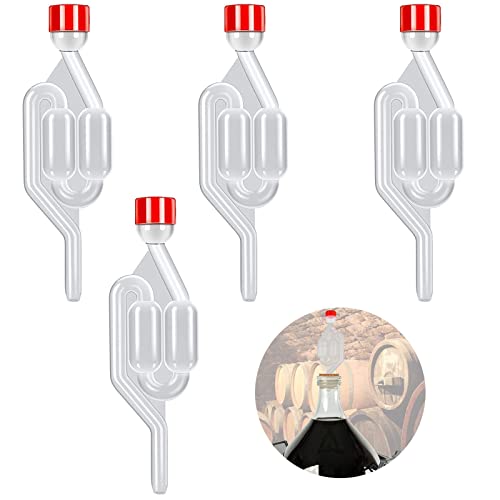Clarence
Landlord.
Yes there is a way, but it's very labour intensive. This is the way some ciders are also made. Gospel Green cider used this process when I was there some many years ago. I see no reason why it shouldn't be used for beer. Good luck.Does anyone know how to stop the sediment that collects in the bottom of the bottle when conditioning with sugar?
Just wondered if there’s anything you can add at the time of brewing or priming it?
What Is the Méthode Champenoise Process?
The entire secondary fermentation process takes about two full weeks.
- Tirage: First, the grapes are harvested, pressed (in a process referred to as la cuvée), and the resulting grape must is transformed into alcohol through one round of fermentation. The winemaker then adds a mixture of sugar and yeast cells called liqueur de tirage to the still wine.
- Bottling: Next, the base wine is decanted into bottles and fitted first with a crown cap like a bottle of beer (not a cork). The bottles are then racked horizontally in pupitres, or wooden racks.
- Riddling, or remuage: Developed in the 1800s by Madame Clicquot, riddling refers to the daily quarter-turn the racked wines receive in order to unsettle and rotate the sediment—a cloudy byproduct of yeast called lees—in the bottle.
- Disgorgement, or dégorgement: In the final phase, bottles are flipped upside down, to encourage the lees to settle in the neck of the bottle. Disgorging allows the winemaker to remove the lees after its job is done, without sacrificing the pristine sparkling wine left behind: Most do this by freezing only the neck, and quickly extracting the solids.
- Dosage, or liqueur d'expédition: With the lees removed, the bottles are in need of a small top-off. This is referred to as the dosage, a mixture of sugar diluted in wine. Levels of dosage influence both the dryness and/or sweetness on the palate. Some winemakers prefer to skip this step entirely.
https://www.thehomebrewcompany.co.u...tic-undercap-green-200-p-3934.html?cPath=2_24
Last edited:
















![BREWING THERMOMETER STICKERS ACCURATELY MONITOR FERMENTING BEER & WINE LIQUID TEMPERATURES 5PCS HOME BREW SPIRITS WINE LCD ADHESIVE [US]](https://m.media-amazon.com/images/I/311DDjo2X3L._SL500_.jpg)
























